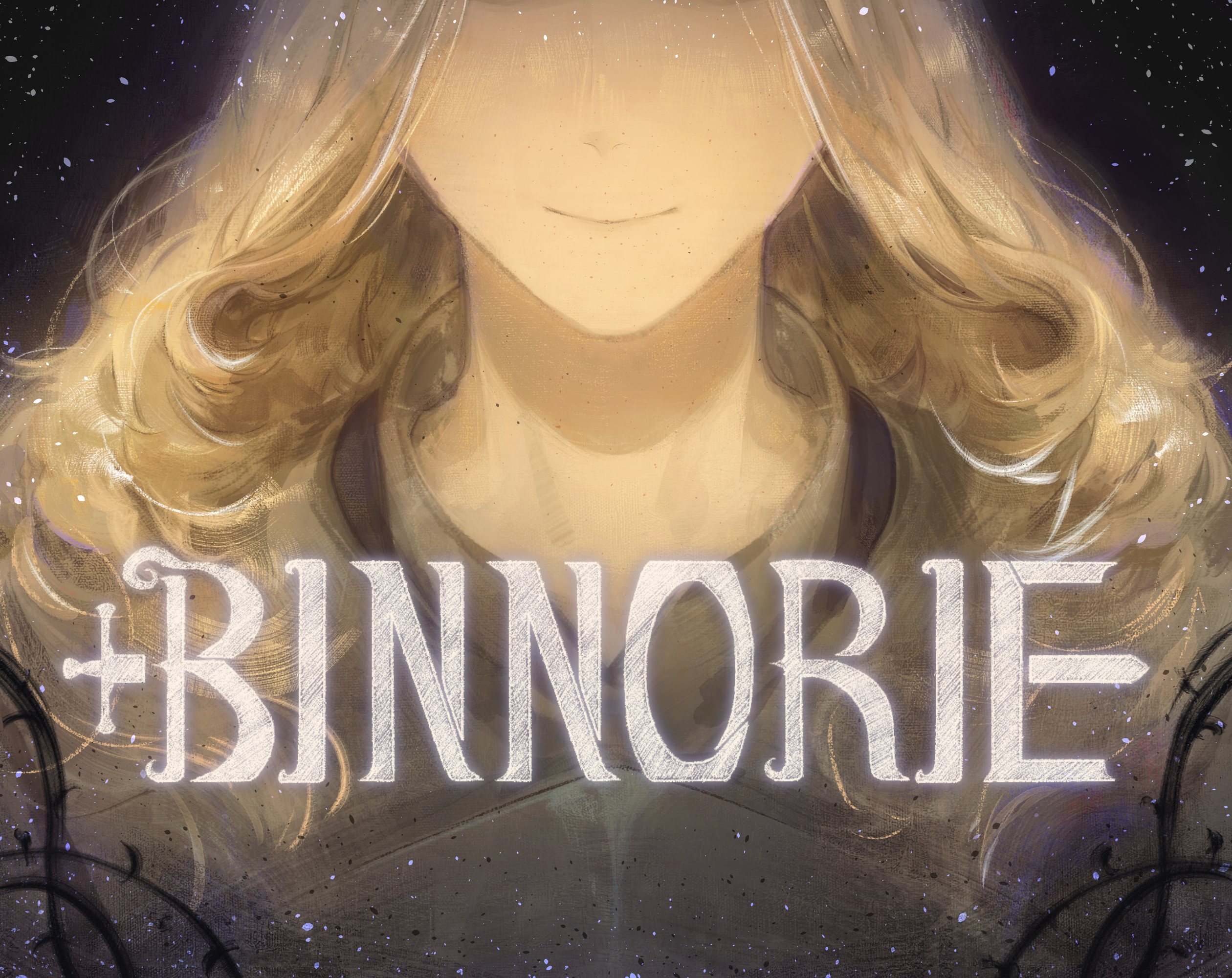
Binnorie
Find Mac build on Itch.io and please rate there as well! There were two sisters sat in a bower; Binnorie, O Binnorie There came a...

Find Mac build on Itch.io and please rate there as well! There were two sisters sat in a bower; Binnorie, O Binnorie There came a...
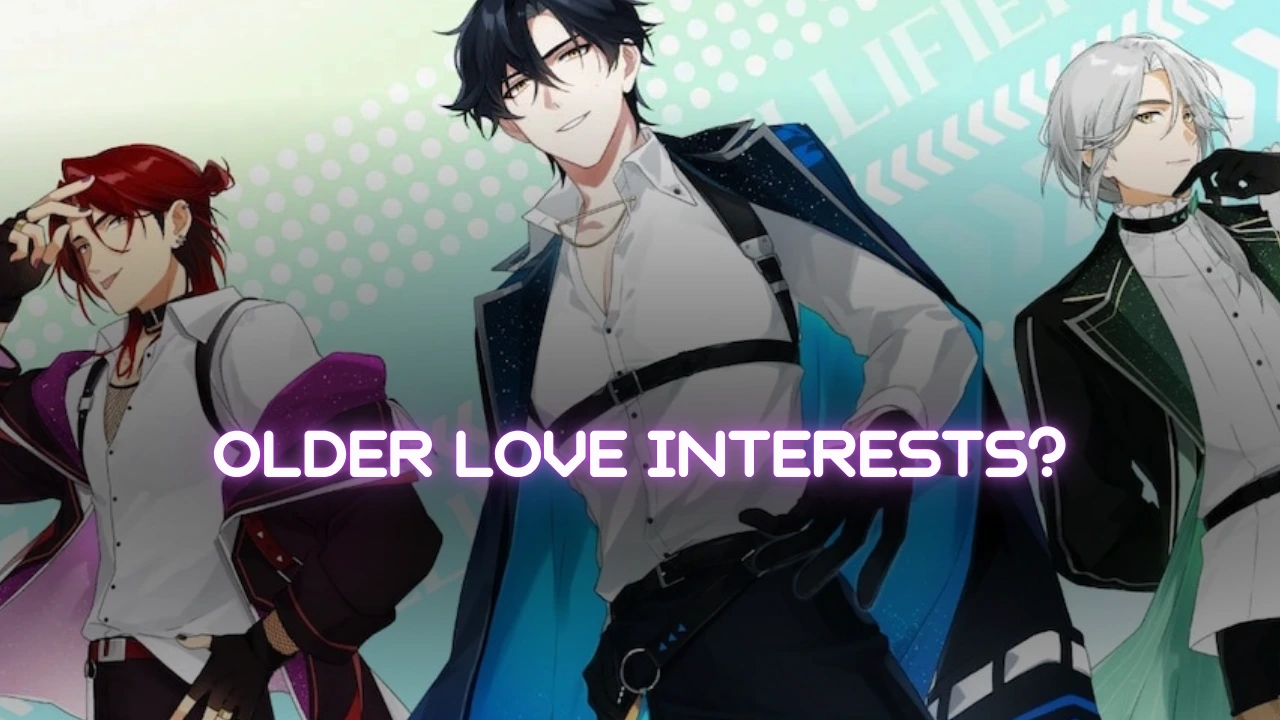
In the realm of visual novels and interactive stories, there is a growing fascination with older love interests who bring depth, vulnerability, and a sense of poise to the table. Whether it stems from a place of nostalgia or plain preference, many players find themselves increasingly captivated by love interests past their youthful twenties. One personal account highlights a lighthearted reflection on so-called daddy issues that led this individual to collect a roster of sophisticated men across a wide range of games. From the Persona series to Fire Emblem, from Mass Effect to indie titles like Pub Encounter, Your Blade My Heart or Stelifier, fans everywhere seem to regularly admit: the charm of older characters runs deep.

There is a unique emotional dimension to becoming attached to seasoned characters in otome games. For many, these individuals represent stability, experience, and an entirely different perspective on life than the average teen protagonist could embody. When we consider widely cherished characters like Frederick from Fire Emblem, or the stoic Seteth who also appears in the series, we see a pattern: they are composed, protective, and mature in ways younger characters often are not.

One person’s playful self-awareness about daddy issues underscores an observation that loving fictional “DILFs” can start quite early. Some fans recall gravitating toward older men’s storylines rather than paying much attention to the younger characters around them. This might begin in teenage years through titles like Persona 3. Although The Velvet Room’s Theodore is technically outside conventional human timelines, he exudes a certain naive sweetness that many categorize as youthful—yet others see layers of older, timeless energy.
Interestingly, fans who started their otome journeys in their teens sometimes joke about their former infatuations when they realize just how large the age gap might look today. After all, it can be surprising when you learn that certain love interests you once perceived as “older” are actually in their mid-twenties. Garrus Vakarian from Mass Effect, for example, is surprisingly around his mid-twenties in the first title—though many fans claim he ages like a fine science-fiction wine as the story progresses.
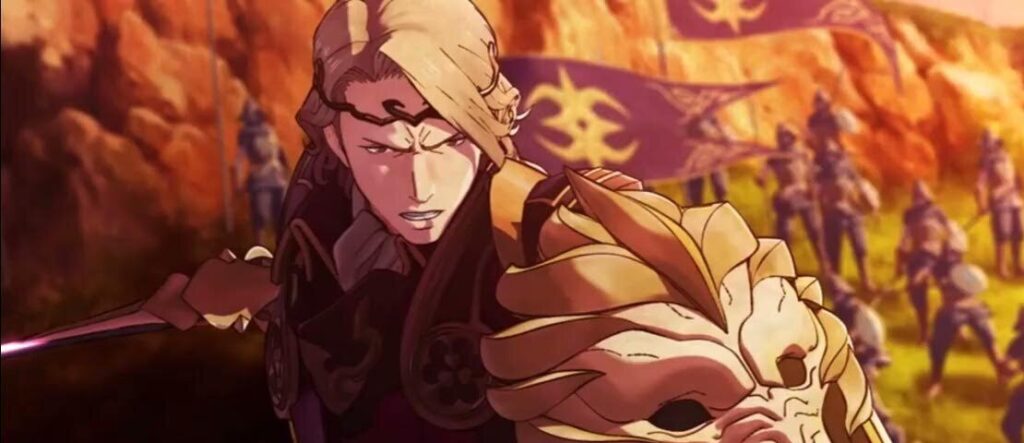
Such experiences create a strong emotional link between fans and the characters they admire. Whether you discover that your once older-seeming fictional crush was technically your peer the entire time, or you find yourself enamored by established adult figures like Xander or Frederick from Fire Emblem, the feelings that emerge are a powerful testament to how fans grow and evolve together with these fictional worlds.
The appeal of mature love interests in otome games also comes from stories that resonate on a deeper, more grounded level. Older characters can embody the reality of adulthood: financial responsibilities, well-worn heartbreak, and the life lessons that shape personalities. For instance, Baxter from Our Life enchants many with his sweet but increasingly reflective nature, bridging the gap between carefree youth and weighted adulthood.
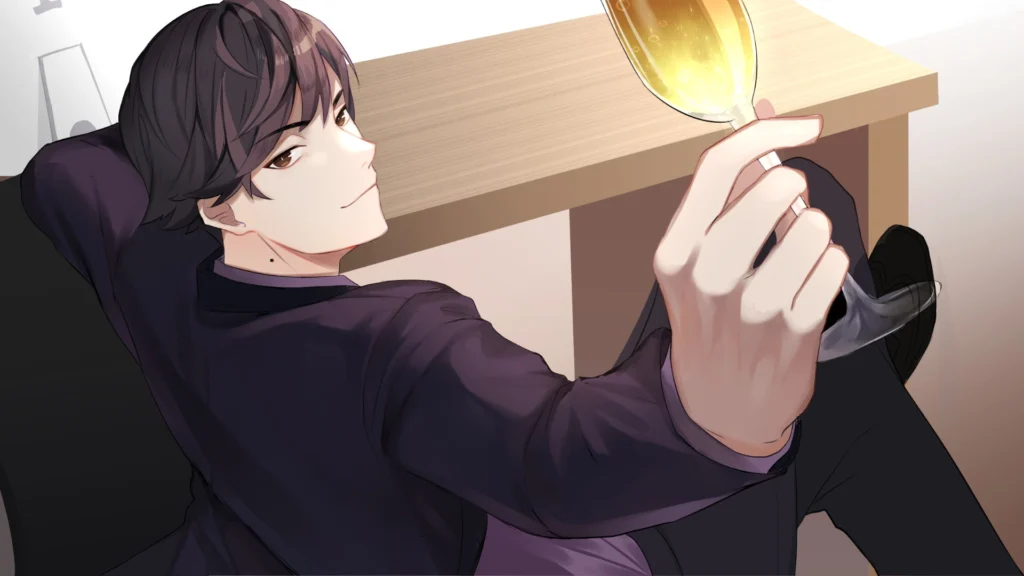
Titles like Pub Encounter, which revolve around dating older men, stand out due to the way they specifically cater to players who find younger love interests less relatable. Fans will sometimes mock the game’s art style or the writing, but they often confess that it is a refreshingly direct take on romance with older partners. For those over 30, there is a growing preference for love interests who mirror that age or exceed it. This evens the playing field and makes the romantic tension more credible. Some fans also share that typical teenage storylines in otome can feel out of place for them once they reach more mature phases in life.

Additionally, comfort and representation are major factors. Knowing that a character like Cullen from Dragon Age: Inquisition or Artem from Tears of Themis has a sense of self shaped by years of professional or personal trials makes them compelling in more realistic ways. It can also be easier for older players to relate to the caution or hesitation that such characters often exhibit. Whether it’s the moral seriousness of Hanzo from Nightshade with his clear sense of honor, or Canus from Café Enchante and his otherworldly but experienced aura, these grown-up traits offer a satisfying and comforting dynamic.

As gaming demographics broaden, more otome developers are experimenting with characters who are parents, mentors, or dignified figures. From the wry remarks of Shu in Bustafellows to the polished air of Tei in Nameless (though one might argue about his actual age), there is a visible shift toward more variety. With an aging fan base that started playing visual novels decades ago, these older characters are not just tokens. They are popular, well-received, and arguably valuable in showcasing a more inclusive range of love interests for diverse audiences.
Among fans who lean toward mature love interests, there is a notable fondness for characters from well-known franchises. For instance, Cullen in Dragon Age: Inquisition is famous for his measured leadership and complicated background. Meanwhile, Gale from Baldur’s Gate 3 has intrigued many with his intellect, magical history, and more adult perspective. Fire Emblem’s Seteth has also gained a big following. Some even place him in a humorous “old as balls” category because of the hints regarding how ancient he truly may be.
In more niche or indie otome, Gardis from Second Reproduction, Kodonomae from Scarlet Fate, and Senrei from Days of the Divine have left players starstruck. While these games may not have the high-profile polish of bigger titles, they satisfy an appetite for older or long-lived love interests. One player’s comedic approach is to label these virtual men “ancient balls,” emphasizing their eons-long lifespans. Though it sounds irreverent, it’s an endearing way of acknowledging that these timeless beings have centuries of experiences that shape their personalities.
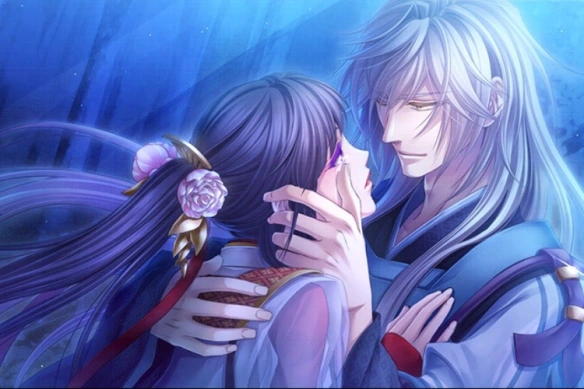
Others who prefer quirkier romances look to Logan in My Time at Sandrock or Wornhardt in Sun Haven, especially if they want an older character within a cozy farming sim or adventure setting. Some strongly appreciate the sense of calm these characters bring: they teach players about patience, quiet resilience, and how to handle adversity. These qualities can be comforting, especially if you are someone who values thorough story arcs spanning intense emotional challenges and restful slices of life.
In certain cases, “baby tier” characters also creep into the conversation, predominantly because of a curious mismatch between their actual and perceived ages. A prime example is Theodore from Persona 3 Portable. He appears naive but is really a supernatural being. On the other hand, Tei from Nameless or Kagiha from Psychedelica of the Black Butterfly might physically look younger while still possessing deeper backgrounds. Fans navigating these complexities often do so with a mixture of amusement and reflection, questioning how these “baby” characters differ from the truly paternal or grandly mature ones.
As many longtime otome and visual novel supporters push into their thirties, forties, and beyond, the demand for mature storylines has grown. When players were teenagers, they might have found it easier to connect with fresh-faced characters. But now, individuals who are older often share that it feels awkward to romance a character under 20. This fuels a thirst for new titles featuring balanced adult relationships. Whether it’s Nami from Re:Birthday Song or Crius from Even if Tempest, older fans dissect these romances with a keener sense of life’s realities.
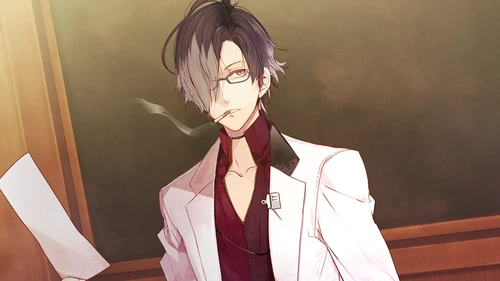
One widely acknowledged title among those seeking older men is Pub Encounter. Though some players joke that its illustrations are unpolished, it remains a beacon for enthusiasts who want a cast of men firmly planted in their 30s and 40s. The writing itself might not be perfect, but the concept of “bar meets romance with older guys” resonates strongly. That resonates with those whose daily routines and personal growth no longer align with high school or college-themed plots.
We also see major RPG franchises branching out to provide deeper relationship arcs for adult players. Games like Mass Effect already set a strong precedent by giving full-blown arcs to each companion. Garrus’s transformation from a brash, somewhat youthful figure in the first installment to a cooler, more self-aware ally by the third game highlights that well-crafted arcs can effectively mirror real human transitions. Similarly, Dragon Age’s approach to romance, with characters of varied life stages, appeals to a wide audience. Throw in Logan in My Time at Sandrock and his taciturn aura, and you tap into a broader conversation about how truly layered older men can be in interactive stories.
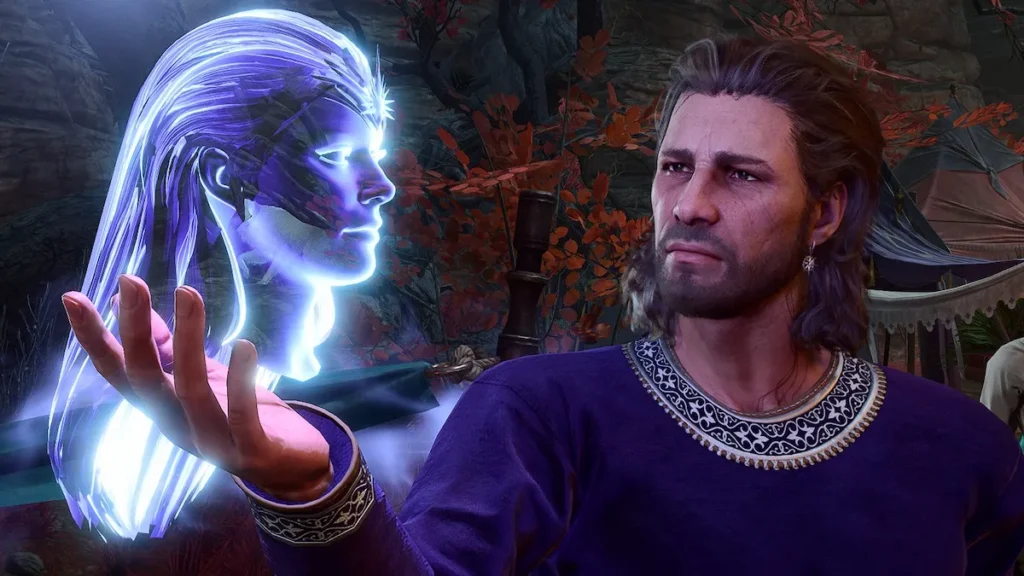
Another important aspect is narrative nuance. Mature characters can be written to address deeper themes such as regrets, second chances, or midlife crises. For instance, Hanzo from Nightshade grapples with moral obligations and the bigger picture of his clan, providing an entirely different resonance than a teen ninja might. Gale from Baldur’s Gate 3 likewise has swirling complexities in his arc that reflect an entire lifetime of magical pursuits and interpersonal entanglements. Writers have begun actively showing that a hero can ascend from the pangs of youth to more reflective love stories, all while staying thoroughly engaging.
These points highlight why so many players revisit older visual novels or search for new ones starring protagonists and love interests in their late twenties through their forties (and sometimes beyond).
It is clear that this niche of fans is steadily growing, and the heartfelt positivity around older characters has become a reliable indicator of future trends. Many call for otome games that fuse excellent writing with quality artwork to depict older men realistically. The notion is that putting 19-year-olds or 20-year-olds in dramatic, life-altering scenarios feels less believable for an audience in their late twenties or older. By contrast, a cast that includes men in their 30s or “old as balls” category expands the imaginative possibilities.
When new releases come out with a teenage cast, you will often hear fans lament that it no longer speaks to them the way it once did. A recurring joke is that many older fans recoil slightly at teenage romance scenarios, remembering their own experiences from a more adult vantage point. Whether one calls it “aging out” or simply “changing tastes,” the appetite for older love interests is evident. Developers have taken note, more so in indie circles than in the mainstream, but the change is happening.
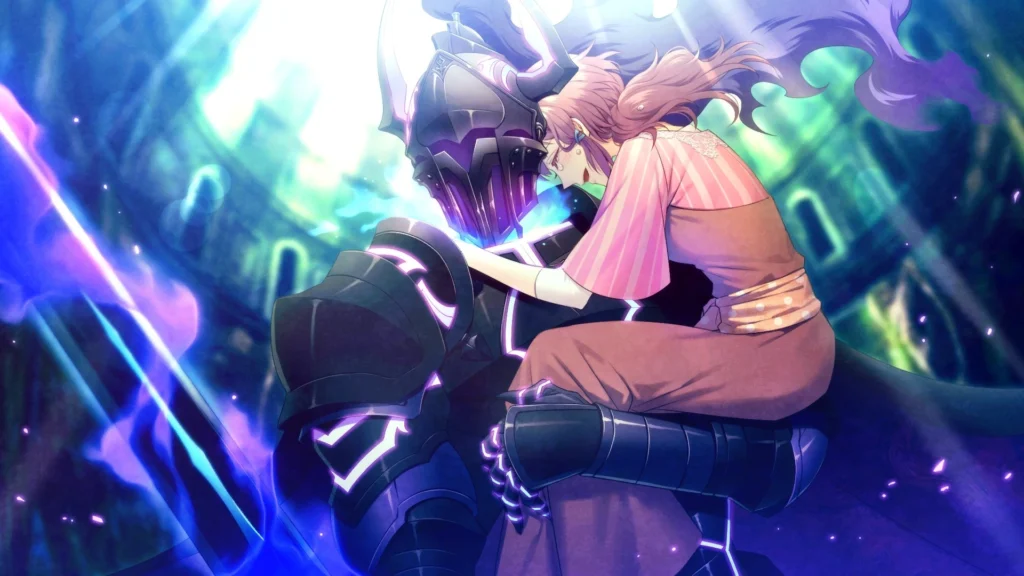
Curiosity also persists about how new or upcoming titles might portray the “old as balls” demographic—such as gods, immortals, or even cosmic entities. Kodonomae from Scarlet Fate and Canus from Café Enchante reflect a sense of timelessness that can be deeply fascinating. When they maintain youthful appearances but carry centuries of wisdom, it can stir powerful themes of immortality, acceptance, and personal identity. Even though it’s all fictional, fans enjoy contemplating how romance could blossom for someone who has witnessed entire civilizations rise and fall.
Ultimately, these changing tastes are a healthy sign that the otome world is growing beyond its traditional boundaries.

The continual evolution of otome games offers the promise of richer worlds where people of all ages can find content they resonate with. Thanks to an enthusiastic community—those with self-proclaimed “daddy issues,” those who have simply grown older, and newcomers just discovering the medium—there is real excitement for what developers will create next. This collective demand has sparked lively online spaces where players share their rosters of handsome older men and mythical beings, from Shinjiro in Persona (for some, at least) to Logan in My Time at Sandrock, from Wu ZiXu in My Vow to My Liege to Gib in DesperaDrops.
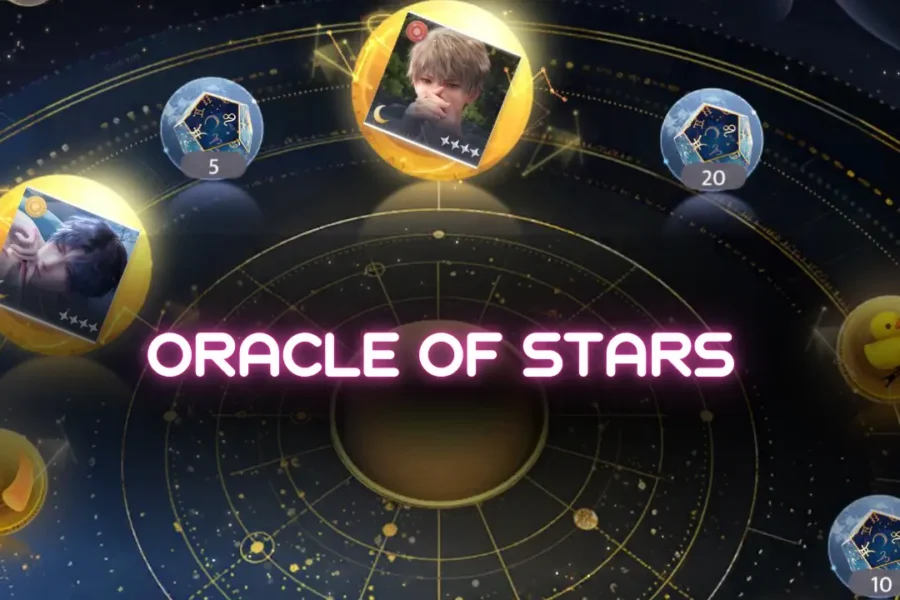
The world of Love and Deepspace is always changing, and with every update, players get new features, opportunities—and decisions to make. The Oracle of Stars...
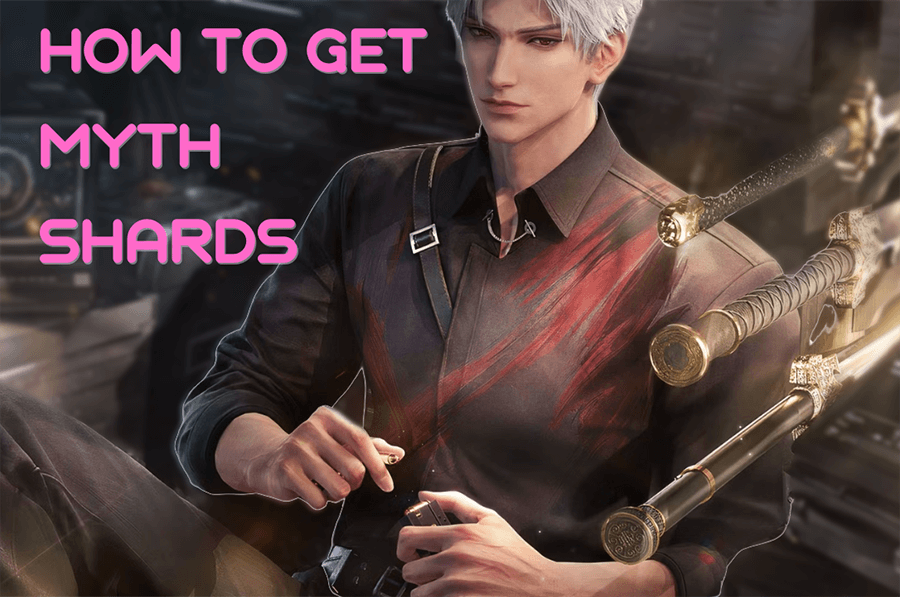
In Love and Deepspace, Myth Shards are your key to unlocking the deeper layers of each love interest’s story. These Myth storylines are rich, multi-chapter...
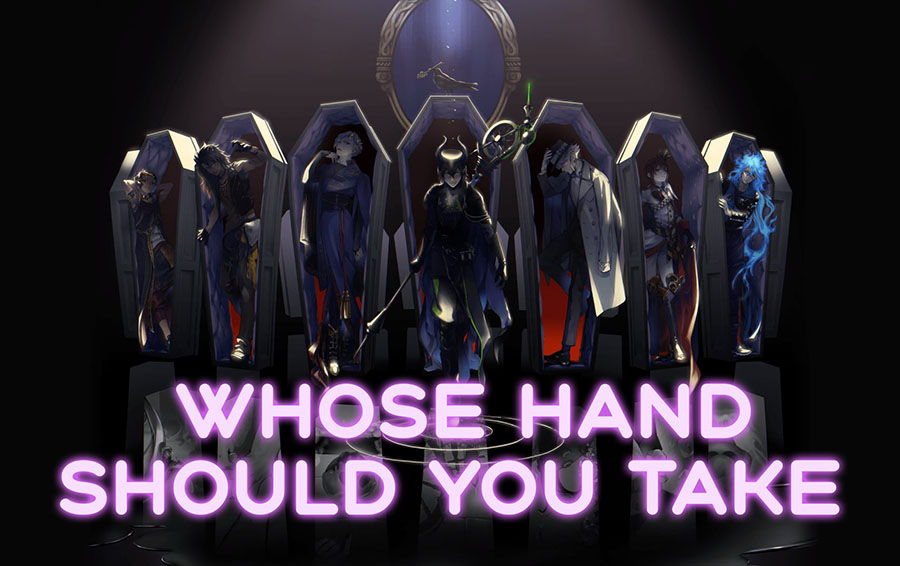
In Disney Twisted Wonderland, the moment you’re asked to “Take Their Hand” feels like a big deal, and it kind of is, but mostly in...